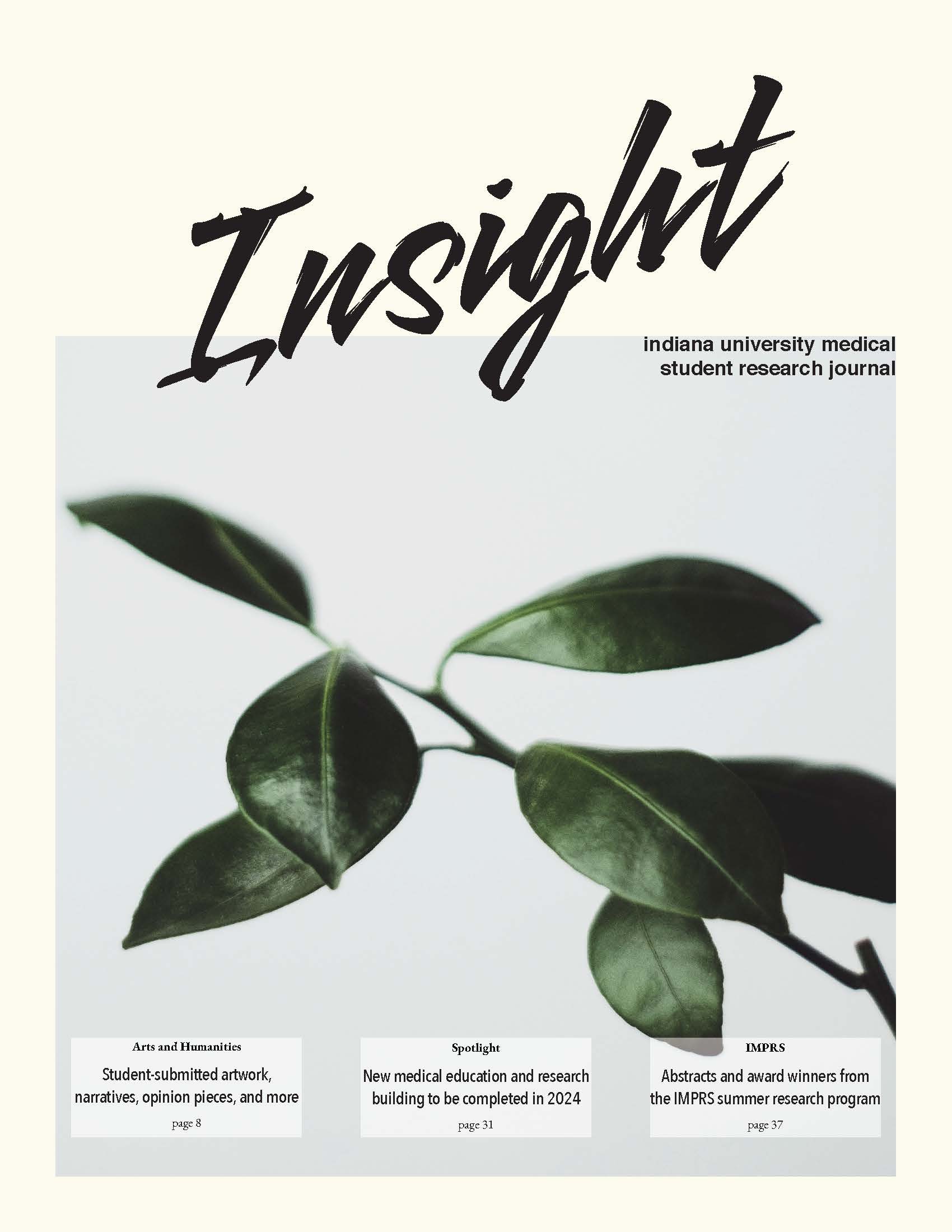insight vol. 5 / 45 Tmprss3 deficiency does not affect auditory neuron differentiation: Implications for cochlear implantation
Abstract
Background and Hypothesis: TMPRSS3 variants are one of the most common genetic causes of hearing loss in children and adults undergoing cochlear implantation (CI). Controversy exists regarding the success of CI in patients with TMPRSS3-mediated hearing loss as a prior immunolabeling study localized TMPRSS3 to the spiral ganglion (SGN) neurons. Type I SGNs transmit sound information to the CNS, while Type II SGNs are thought to play a role in amplification. Sensory hair cells (HC) that synapse on the SGN appear normal at birth but rapidly degenerate at the onset of hearing (postnatal day 12) in Tmprss3-mutant mice implicating an extrinsic process in HC death. During development, the precise pattern of SGN subtypes requires spontaneous firing of HCs prior to the onset of hearing. We hypothesize that Tmprss3 does not impact HC mechanotransduction or SGN subtype patterning.
Project Methods: Cryosections of control and Tmprss3 mutant (Tmprss3Y2560X/Y260X) mice at P11 and P21 were immunolabeled with antibodies specific for SGN subtypes and all neurons. Cell counts were analyzed including two-tailed unpaired t test with significance of p < 0.05 (n=3 for each condition). Whole mount cochlea from P7 mice were used to test HC mechanotransduction using FM1-43 uptake assay. Tmprss3 gene expression was determined using hybridization chain reaction.
Results: There was no difference in subtype patterning at P11 or P21 except Tmprss3 mice had less Type II SGNs at P21. Tmprss3 is not expressed in Type I SGNs and has limited expression in Type II SGNs. FM1-43 uptake was unaffected in Tmprss3-mutant mice.
Conclusion/Potential Impact: SGN patterning is normal in Tmprss3-mutant mice suggesting that TMPRSS3 plays no physiologic role in the spontaneous firing or mechanotransduction of HCs. The limited expression of Tmprss3 within SGNs and normal SGN patterning supports CI as an effective treatment option for patients with TMPRSS3-mediated hearing loss.
Downloads
Published
Issue
Section
License
Copyright to works published in Insight is retained by the author(s).

